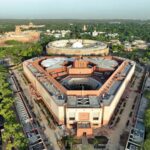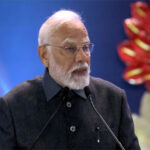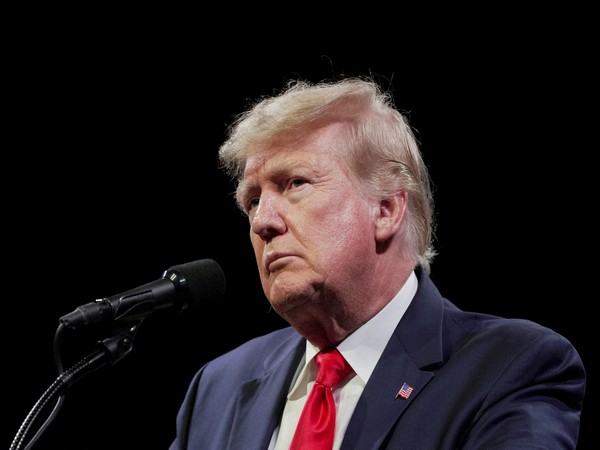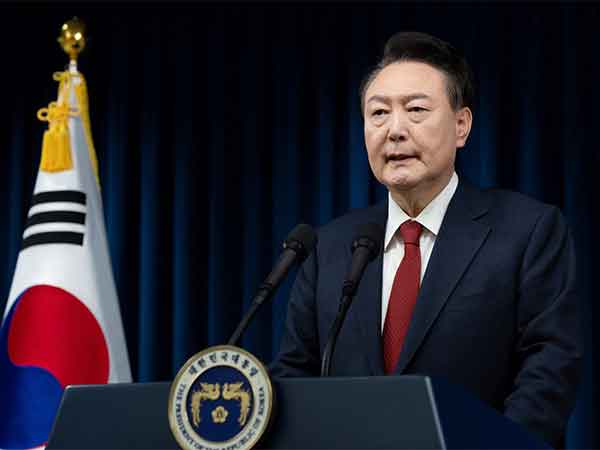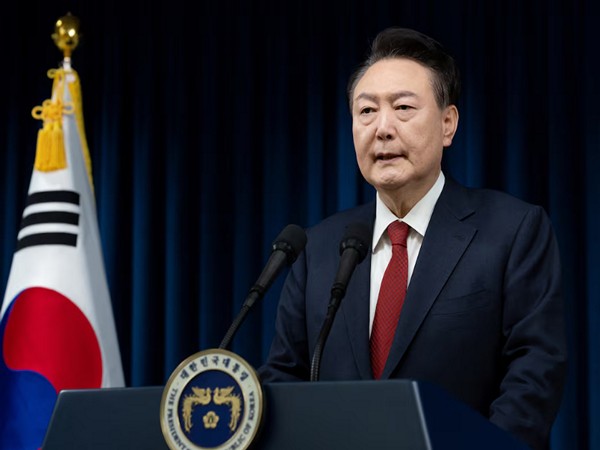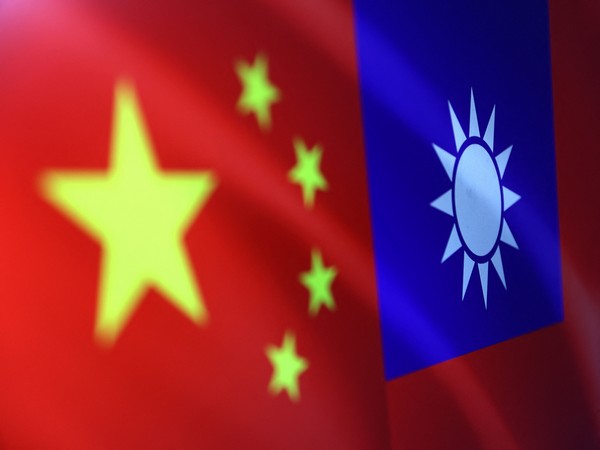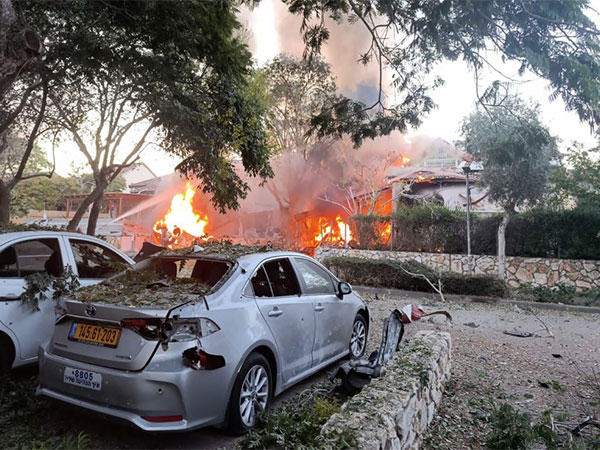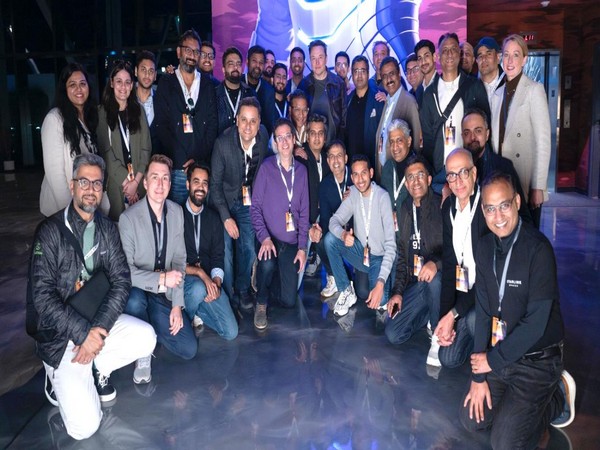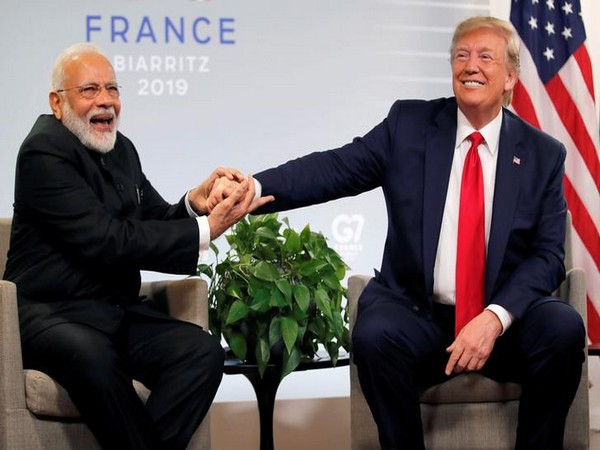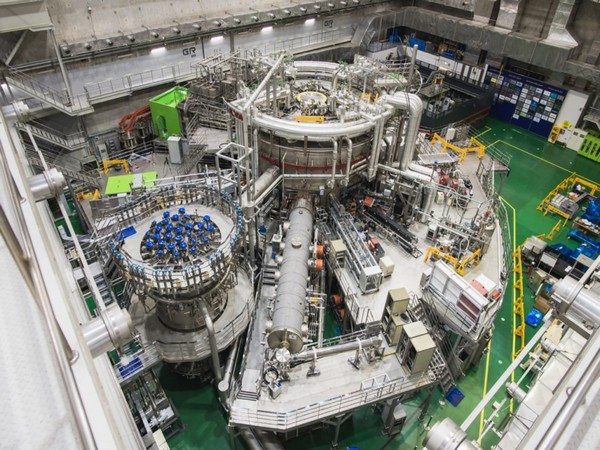
Seoul [South Korea], December 31 (ANI/Global Economic): The Korean government is planning to develop a technology for Korea’s first artificial sun ‘KSTAR‘ to maintain 100 million degrees for 300 seconds by 2026. The 300 seconds is the minimum time required for the commercialization of nuclear fusion technology.
The Ministry of Science and ICT announced on the 30th that it held the 16th National Fusion Committee at the Korea Institute of Fusion Energy and finalize the ‘4th basic plan of nuclear fusion energy development (2022-2026)’. The science ministry sets goals and directions of its policies for nuclear fusion energy development every 5 years.
According to the plan, it will continue to improve operating technology in the field of KSTAR experiments, which are showing great results such as maintaining 100 million degrees of ultra-high temperature plasma (for 30 seconds in 2021), and will develop technology to maintain the temperature for 300 seconds by 2026.
Nuclear fusion is the basic principle that the artificial sun generates light and heat. The government is aiming to produce power such as electricity by artificially implementing this principle on Earth with KSTAR.
The Korean research team first successfully maintained KSTAR at 100 million degrees for 1.5 seconds in 2018. It also succeeded in maintaining 100 million degrees for 20 seconds last year and 30 seconds this year. Following last year, Korea has set the longest record in the world this year.
The government also set basic concepts of demonstration for future nuclear fusion power generation and presented the plan to establish a ‘long-term R&D roadmap,’ including essential networks, by 2030.
It also selected ‘eight-core technologies’ needed to demonstrate future nuclear fusion power generation, such as high-temperature, long-time, and high-density core plasma technology and blanket technology to increase tritium and produce power. It is planning to secure eight core technologies through R&D projects and systemic cooperation, and will conduct preliminary concept design of the demonstration in 2023. (ANI/Global Economic)

